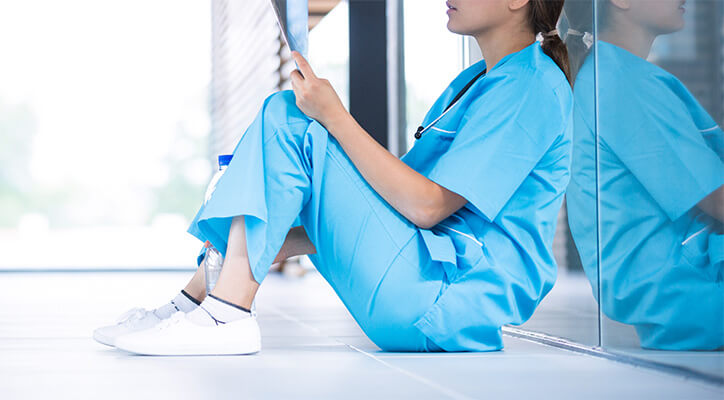
Nurses might spend entire 12 hours shifts on their feet standing, walking and sometimes even running on hard concrete floors. Being on your feet for extended times is already hard enough, but it gets worse if you are not getting proper rest and wearing the right shoes.
Due to being in these situations, it is important for nurses to take lots of care to avoid getting injuries to their lower extremities. This article will look at the common foot problems that nurses are prone to and how they can mitigate foot pain.
Common Foot Problems for Nurses
The foot is a complex body part containing 26 bones, 33 joints, blood vessels, nerve endings and more than a hundred muscles and ligaments, connecting your foot. Subjecting this complex structure to lots of pressure from your weight for long hours can cause many problems.
Some of the most common foot problems for nurses are blisters, corns and calluses, heel pain, bunions, plantar fasciitis, ingrown toenails and heel spurs. All these problems are either caused by excess pressure on your feet, friction, poor trimming of your nails, lack of proper care of your feet and wearing the wrong kind of shoes.
How to Prevent Foot Pain for Nurses?
Mitigating foot pain for nurses is possible when it occurs. Here are some of the ways through which you can keep the pain at bay:
1. Wear Good Walking Shoes
Good shoes for nurses should be comfortable. They should fit without the need to “break-in.” The shape of the shoes should allow all your toes, starting from the big one to the smallest, to be free and with room to wiggle. It should also be a shoe that offers proper support and stability, depending on your arch type.
It should absorb all the impact of your movement, including your arch. Nursing shoes should have laces to foster increased support. Good nursing shoes are easy to clean as you know hospitals can be messy.
Take safe walks and runs when need arises to ensure your shoes are slip-resistant. The shoes should not be heavy as it can result in fatigue before your shift is over and also hinder your movement.
2. Rotate Your Work Shoes
Rotating your work shoes is extremely important because it ensures your shoes do not lose their shape, which can affect your comfort. First of all, rotating your shoes gives them time to dry. The feet sweat as you work and absorb all that moisture. Giving them a day off allows for proper airing inside so that the sweat and moisture dries of.
Wearing wet shoes can cause fungal infections. Remember also; it is important to clean your nursing shoes every day so that they are not contaminated. Rotating shoes also allows your shoes to rest, a critical condition because your shoes are able to regain their original shape.
The sole also decompresses and bounces back, making your nursing shoes as comfortable as when you bought them. Moreover, they last longer.
3. Wear Compression Socks and Stockings
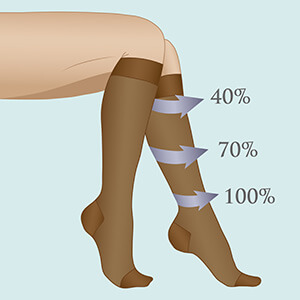
Compression socks and stockings are great for nurses because they help to improve blood flow in the legs. With proper blood and lymph fluid flow, your legs might not feel tired during your shift. It makes your feet less tired and more cushioned to reduce pain.
Compression socks are also great because they reduce leg swellings. They decrease risks of blood clots in your legs and are helpful for people suffering from vein disease.
4. Shoe Inserts and Orthotics
Insoles or inserts and orthotics are a great way of giving your feet support and absorbing shock. They come in different designs depending on the type of feet that you have. You should therefore know your feet before purchasing inserts so that you get the ones that will support you well.
You can either have a foot with; a neutral or medium arch, a high arch or flat feet or low arch. For proper support, cushioning and pressure relief foam and gel insoles work very well.
5. Stretching Exercises
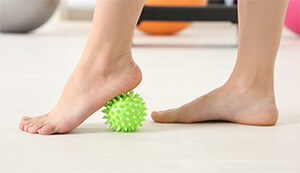
Exercises are very important for nurses because they give your muscles the much-needed relief and ease soreness. They also improve blood circulation in the muscles which brings relief. Exercises also improve the flexibility of the feet remember the feet have very many joints that need to be flexible for comfort.
Exercises also make the feet strong and improve your overall health. Stretching exercises for the feet include; golf ball roll, picking up marbles, toe extension, Achilles stretch, toe curls, big toe stretch amongst many others.
Besides just stretching the foot, it is also important to do stretching exercises for the entire body to improve your health and give you better mobility.
6. Lose Weight
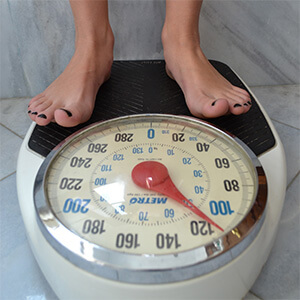
The feet have to support the pressure exerted on them due to your weight. The heavier you are, the bigger the pressure the feet have to endure. Losing weight relieves your feet because you’ll take lots of pressure off of them. Keep your diet in check and exercise regularly to keep the pounds from accumulating.
7. Get a Pedicure
A pedicure can go a long way in relieving foot pain and even keeping it at bay. The massage causes your feet to relax and give you the much-needed relief. Also, you will get proper trimming of the nails which prevents ingrown toenails and other conditions that can cause lots of pain.
During the pedicure, your feet will also be thoroughly cleaned and disinfected which gets rid of bacteria and other pathogens that can cause infections and bad odor.
8. Wear Slippers at Home
Giving the feet ample time to relax is important if they will be able to take the blunt of the next day with ease. To ensure that you can achieve proper relaxation avoid shoes while at home. Slippers are great because they help your feet relax and allow for proper circulation. They are light also so you will feel like you do not even have anything on at all.
9. Reflexology and Foot Massage
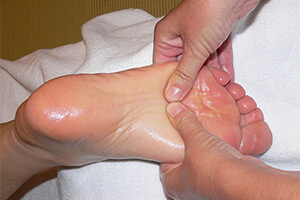
Reflexology and foot massages are important because they help your feet to relieve pain. Reflexology stimulates pressure points that help your body to relax and improve blood circulation to your feet. The massage on your feet causes tensed muscles, ligaments and tissues to relax.
A foot massage also helps to relieve your ankles which are usually also very tensed and cramped.
10. Stay Hydrated
Staying hydrated is important because it reduces muscle cramping. If you are not well hydrated, your muscles, especially those of your feet under pressure, are prone to painful spasms and contractions that are involuntary. Have a bottle of water with you so you can drink up regularly.
11. Soak feet in Epsom salt
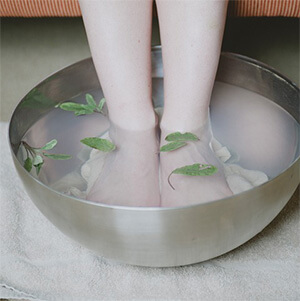
Epsom salt contains magnesium sulfate. Increasing the levels of magnesium and sulfate in the feet has been shown to bring lots of relief to aching and sore feet. Put warm water in a basin until the water is ankle depth high. Add one cup of Epsom salt and stir to ensure the salt is well dissolved. Soak your feet in the mixture for 15 to 20 minutes.
You can pamper your feet and massage them with essential oils after or just with your bare hands. Dry your feet thoroughly. Repeat this two to three times every week for the best results. Sulfate in Epsom salt is very effective at flushing toxins out of your feet while magnesium is a good anti-inflammatory causing the muscles to relax and relieving swelling.
12. Try Anti-Fatigue Mats
Anti-fatigue mats are soft therefore they reduce fatigue on your feet by reducing your contact with the hard floor. When coupled with the right footwear, anti-fatigue mats can greatly relieve your feet. They are, however, suitable for when you are positioned in one area because you cannot keep moving with the mat everywhere you go.
13. Use Hot and Cold Water Therapy
Hydrotherapy has been used for years in treating pain. Place hot water in one basin and have another basin with cold water. Place your feet in hot water for about three minutes and then immediately switch to the cold water for about 20 seconds.
Repeat this procedure about three times. When in warm water, the muscles relax and blood vessels expand, increasing blood flow to the muscles. When put in cold water, the muscles and blood vessels constrict, reducing inflammation. This contrast relieves muscle tension and pain while also removing toxins from the body.
Conclusion
Nurses and other people who often stand on their feet all day long are bound to experience problems. However, when they do occur, mitigating pain is easy and even eliminating it completely is possible. Nurses should ensure that they have good shoes that are comfortable and supportive of their kind of foot arch.
It is also important to carry out exercises to keep your feet healthy and relaxed. Employers should also go out of their way to ensure that nurses work in conditions that do not expose them to foot problems. For instance, they can have anti-fatigue mats installed in facilities where nurses stand a lot or work from.
It is a collaborative effort to ensure that nurses’ feet are well taken care of.
Sources:
Jacksonville University, Foot Problems and Feet Treatments for Nurses
ameritech, 10 Tips for Happy Foot Health for Healthcare Workers





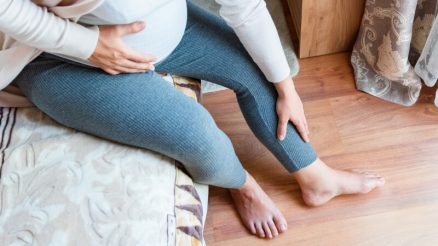



Its excellent offer with all the health benefits and hard working all days tips… Thank you!!!